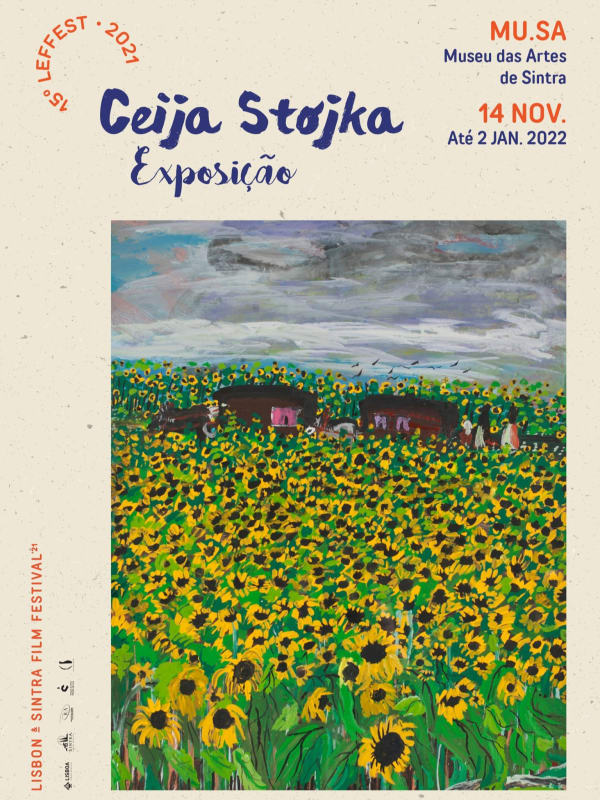The work of Ceija Stojka (1933-2013), an Austrian Roma artist who was freed from a Nazi concentration camp at the age of 12, is proving to be one of the most extraordinary discoveries in Europe in recent years, boasting significant exhibitions in Marseille (La Friche la Belle de Mai, 2016), Paris (La Maison Rouge, 2019), Madrid (Reina Sofia Museum, 2020) and Malmö (Konsthall, 2021). Her work was also shown in several group exhibitions, in Europe and South America. She was also represented at ARCO, in Madrid, in 2020.
Her father was deported to Dachau in 1941 (and would later die there), and Ceija, along with her mother, brothers and sisters were deported to Auschwitz-Birkenau in 1943, having been detained in the section called “Field of Gypsy Families”; later, after her brother's death, they were transferred to a concentration camp for women in Ravensbrück, and as early as 1945, Ceija and her mother were transported to Bergen-Belsen, from where they would be freed by British troops.
As is often the case with major traumas, the need to witness them comes after a long period of silence and shame. Starting at the end of the 1980s, forty-five years after her release from the Nazi death camps, Ceija began to paint and draw, in the same self-taught way with which she had begun to write what she had lived (several of her books, published in Austria, have already been translated into several languages and published in France, England and Spain; they’ll soon be published in America as well). The body of work she has created over twenty years, surprising in its strength and extraordinary quality, gives the feeling of a kind of large diary that mixes paintings and writings, telling us about the tormented memories of a 12-year-old child in what was called Samudaripen or “Rom holocaust” (during which about half a million Gypsies were exterminated).
Her paintings are divided into two distinct axes: the first, which we could call “light paintings”, are the memories of the happy times before the outbreak of war, in which she draws and paints life in the caravans, the family, street fairs and nature; the second, which we could call the “dark paintings”, shows us the persecution of the Roma during the Nazi occupation, with prisons, oppression, atrocities and torture, extermination, survival and, finally, liberation.
As part of the “Celebration of Roma Culture'' programme, LEFFEST presents for the first time in Portugal, at MU.SA, in Sintra, an exhibition by artist Ceija Stojka, in collaboration with her family. Within the scope of the exhibition, there will also be readings of texts by Ceija Stojka and the films Ceija Stojka (1999) and Unter den Brettern helgrünes Gras (2005), by Karin Berger, an Austrian director who was also responsible for editing some of Ceija’s books, will be screened. Berger will tell us about this extraordinary artist and her work.
Ceija Stojka
EXPOSITION "CEIJA STOJKA", MU.SA – SINTRA MUSEUM OF ARTS (PT)
Novembre 14, 2021
Copyright © Galerie Christophe Gaillard, 2024.
This website uses cookies
This site uses cookies to help make it more useful to you. Please contact us to find out more about our Cookie Policy.

